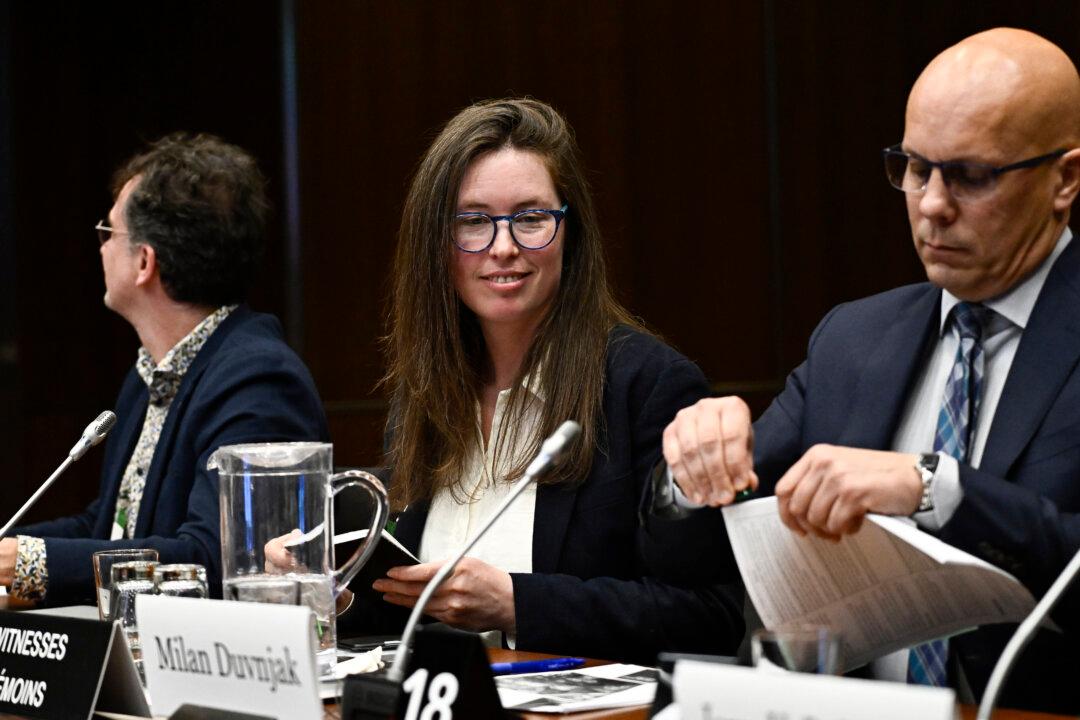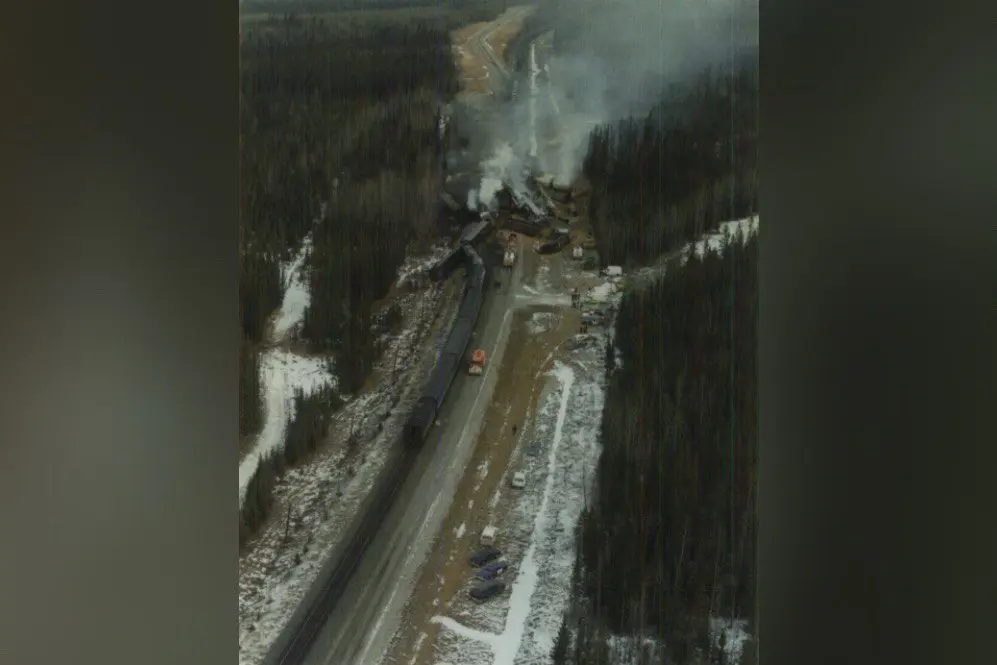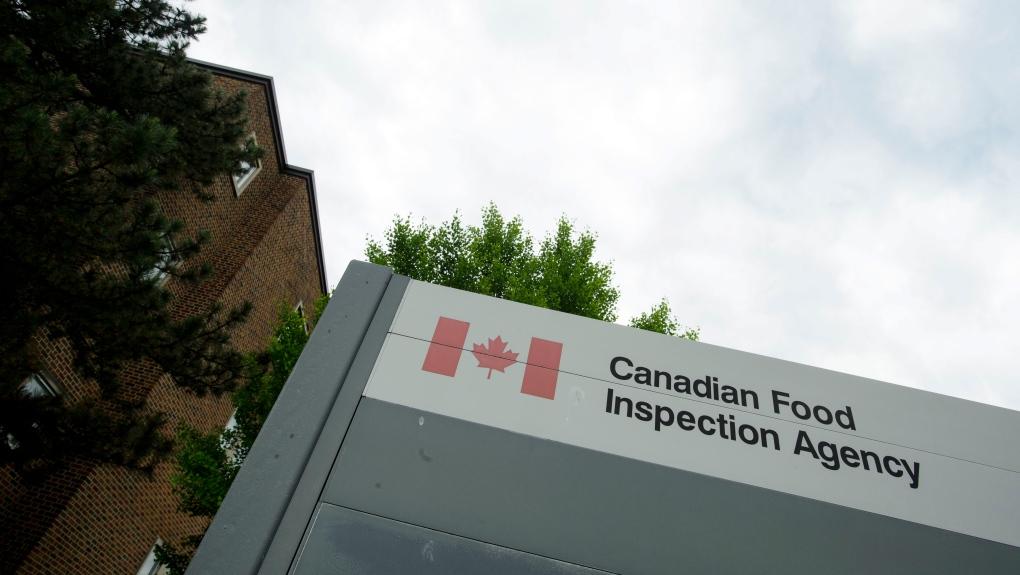Nearly a year after Health Canada issued a draft recommendation to designate an entire class of chemicals as toxic, environmental experts say it’s time to actually do something about it.
There are now more than 10,000 variations of per- and polyfluoroalkyl substances, which are used in hundreds of products from waterproof cosmetics, and stain repellents, to carpeting, and non-stick cookware.





